Topics
Rethinking Content Development Programs with Continuous Learning

Learning strategies are drastically changing as new technologies create a variety of exciting ways that an individual can learn. The transformation of learning content has increased exponentially in the last decade, in large part due to shifts in the way individuals prefer to learn and consume information.
THE RISE OF LEARNING BY VIDEO
Doug Stephen, SVP, CGS Enterprise Learning, attributes one major change to these shifts: The dominance of learning by video. Did you know that 1 billion hours of YouTube videos are consumed daily? We have reached the tipping point where learning by video has also become part of our daily lives.
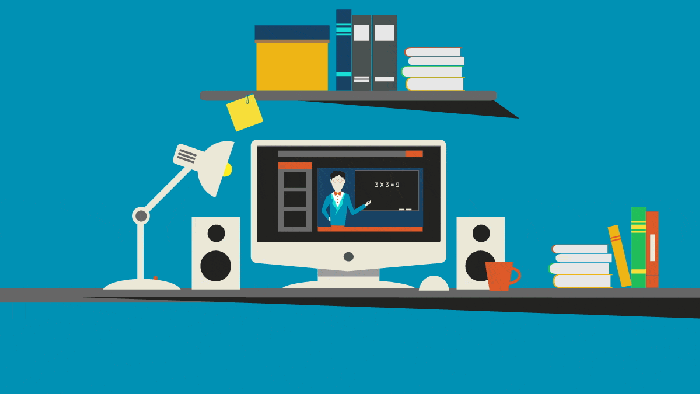
Individuals no longer have the time to learn by manuals. One needs to look no further than the popularity of instructional videos on YouTube. The ease of simply searching YouTube for millions of topics from a preferred device, at a time and place that is convenient to employees, is now being expected at work.
DIGITAL LEARNING CREATES CLEAR ROI FOR FIRST MOVERS
Companies such as Facebook and Amazon are often touted as being ahead of market and business trends and are often leading disruption in technology themselves.
Training is no different for these first movers; they are building high-performing learning teams that set a new trend in the learning space by adopting agile and scrum methodologies to develop program curriculums.
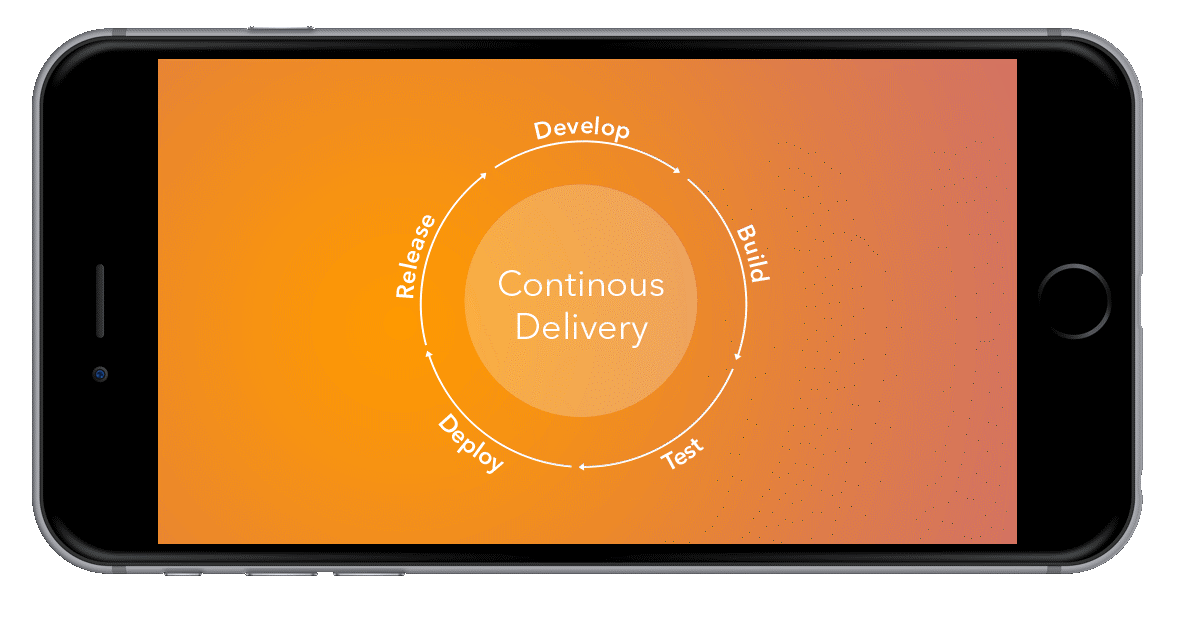
By using the same product management and technology methodologies used to build their platforms, they are fostering intense growth through highly effective learning and development departments that can upskill employees in record time.
The main idea behind agile and scrum methods is the process of continuous development and deployment, which results in creating content updates in a matter of hours instead of weeks or months.
11 STEPS TO CONTINUOUS DEVELOPMENT
Continuously developing small pieces of content is a major shift from the outdated way of building massive learning programs first, then waiting to gauge the effectiveness of an entire initiative.
We’re breaking down the entire process into 11 easy-to-follow steps, as shown in this diagram. Below we discuss each step and how learning and development (L&D) teams can become more agile, competitive and successful.
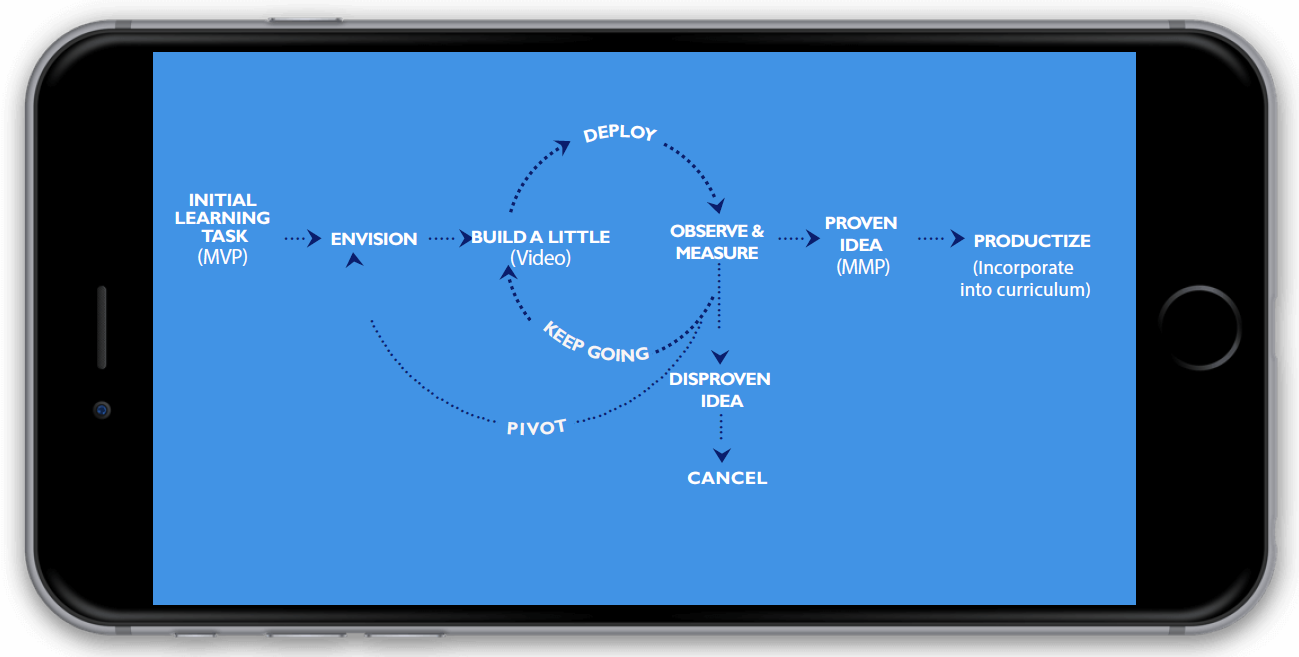
- Test: Initial learning task (Learning terminology) or Minimum Viable Product (Product terminology): The first step is to start testing. Once business objectives are identified, learning teams can develop the Initial Learning Task or MVP. The MVP represents a product/course/piece of content that contains just enough features to satisfy a test audience of learners while gathering useful feedback to support further development. Internally at CGS, we call this the Minimum Viable Learning Object.
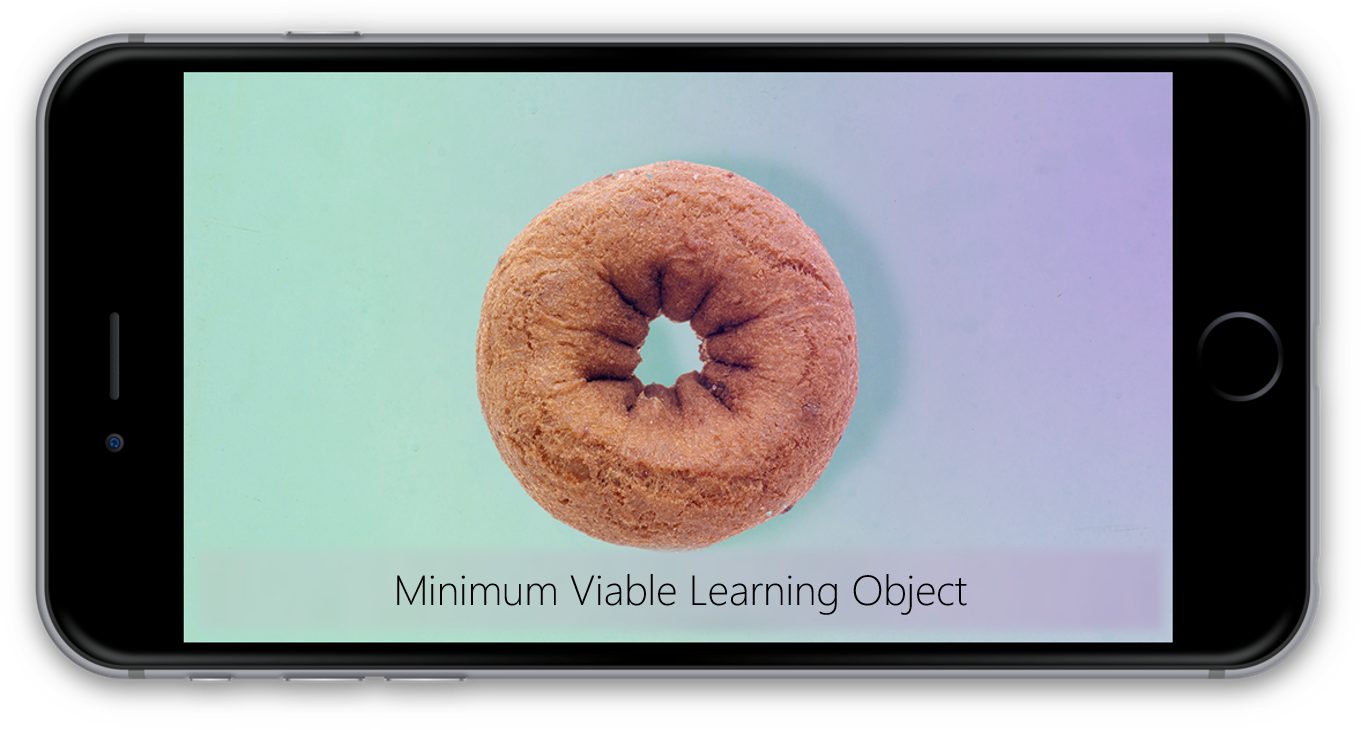
- Envision: With initial feedback in hand, L&D teams refine the learning concepts to further align with the objectives of the company’s stakeholders – including the learner and line of business (LOB) leads. Rather than planning a massive program with campaigns included, curriculum developers separate initiatives into “learning nuggets” to deploy, test and measure individually at a fast pace.
- Build a little: Once the team has identified each nugget, it’s time to create. Short learning videos are a perfect example of a deliverable in this step. Learning videos can be produced quickly, for relatively little cost, and with an array of devices. It is also very easy to test and measure videos.
- Deploy: After the video or other micro-learning content is ready, the team deploys it with a control group before releasing it to the entire organization. Using a control group shortens the development time, as feedback can be gathered and analyzed much faster.
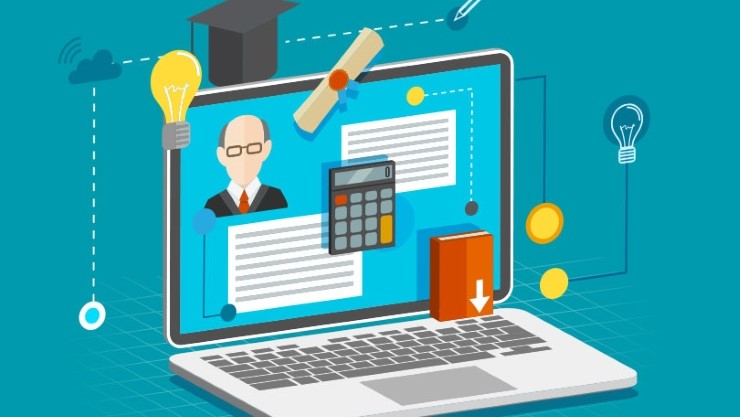
- Observe & Measure: The next step is to observe the results of the piece with the control group. Was the item helpful to achieving the goals set out by the stakeholders who designed the initial learning task? The answer at this stage will determine the next step taken by the team.
- Keep going: If measurements indicate that the learning initiative has successfully met organizational goals, the next step is to continue the content development process.
- Disprove idea: If the initiative did not fall in line with the goals, no need to fret. The agile nature of the continuous development and delivery process eliminates unnecessary stress and resources. The L&D team now has a disproven idea, and there are two options for how to proceed next.
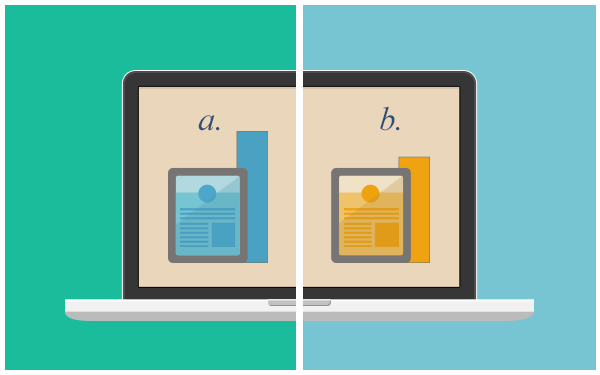
- Cancel: The first option is to cancel the learning initiative completely. Cancelling could be the right decision if the results were very far off the mark, or results of the analysis showed that it would be better to start over completely and develop an entirely new concept.
- Pivot: The second option would be to pivot. By making small but precise adjustments to the learning content, L&D teams can maintain agility and speed while ensuring that they are on target with the business goals.
- Transform idea: Proven idea (learning terminology) or Minimal Marketable Product (product terminology): The next step is to transform a proven idea into a minimal marketable learning object. In this stage, the intention is to develop the smallest possible content set that addresses user needs, creates the desired user experience, and can be marketed successfully. Product teams in tech companies use the MMP as a tool to reduce time-to-market because it requires less time to launch than a bloated, feature-rich release. In technology, an example might be the original iPhone vs. the iPhone 8. The original release had just enough of the right features to create adoption, excitement, and engagement. Over time, a much richer set of ideas and features has been rolled out in stages with growing success. At CGS, we have a sweet tooth. So, we like the visual of a doughnut. The initial task is a plain doughnut. Not shabby. But to truly engage the audience and gain adoption, agile tests have shown that cherry glaze with sprinkles is what really gets the job done.
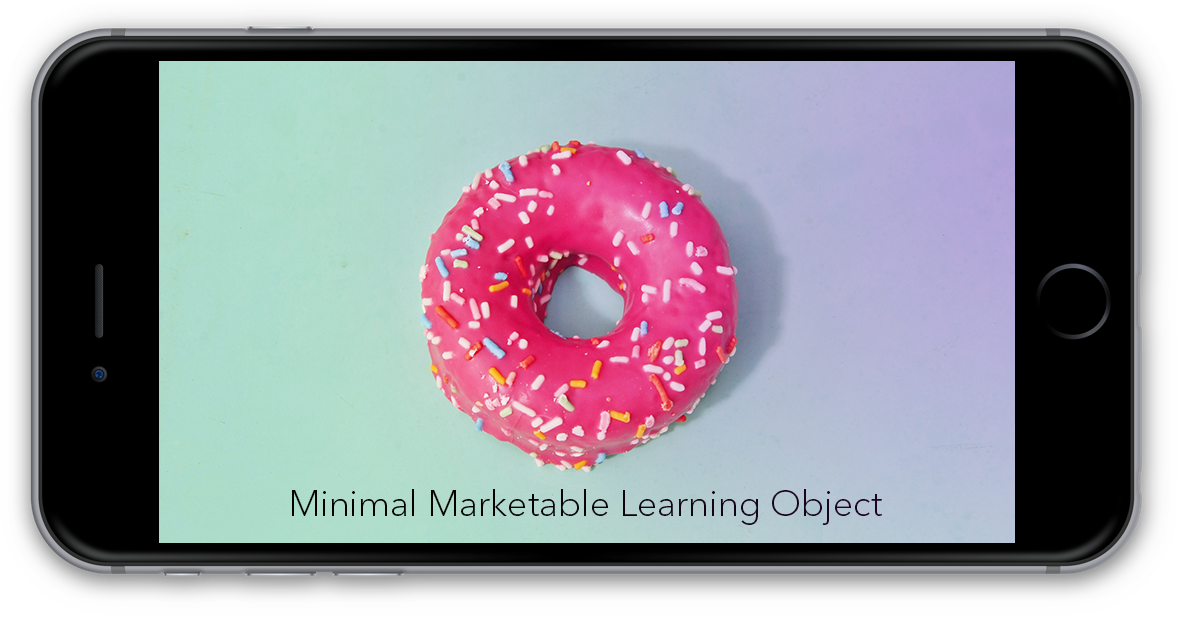
- Deploy: Productize (incorporate into the curriculum): The winning set of learning objects is fit into the curriculum and then deployed across the entire organization.
There are many reasons why this method produces high-performing learning organizations:
Speed of development. A result of simultaneously developing and testing multiple minimum viable learning objects against different groups, allows teams to alter, edit or cancel parts of a curriculum quickly.
Avoidance of major rework. This approach eliminates the likelihood of creating a whole curriculum only to have it fall apart post-launch. In the tech world, products like Google Glass are clear examples of what can happen when teams skip continuous development steps.
Incredibly effective at showcasing ROI. LOB managers and the C-Suite can realize payoffs in the short term while working on a long-term project.
By borrowing best practice ideas from other successful areas of the organization, L&D professionals can make a huge impact and gain widespread adoption. To learn more about this process, watch our webinar on The Evolving L&D Leader: Showcasing Value Through ROI and Engagement.

